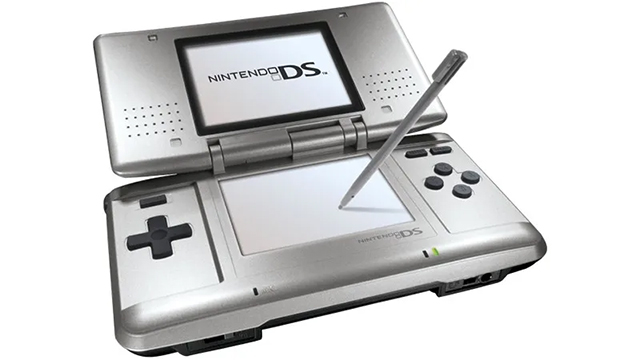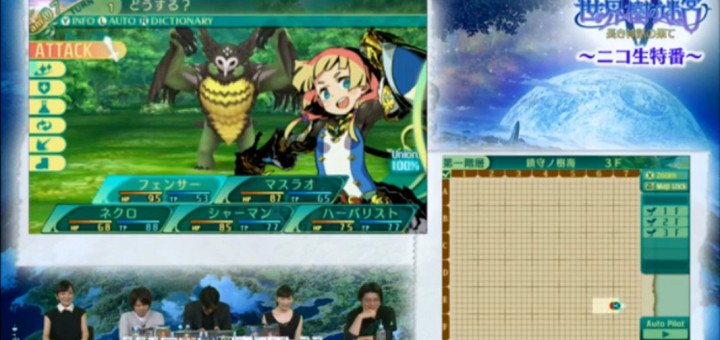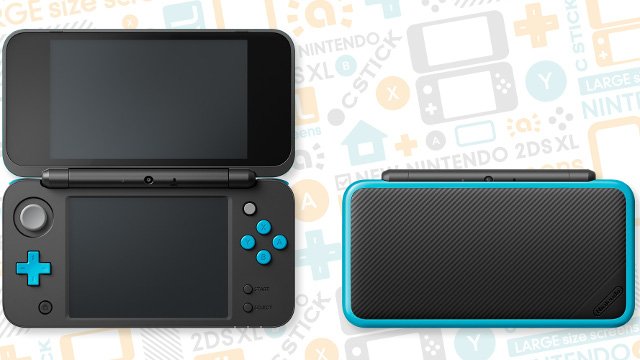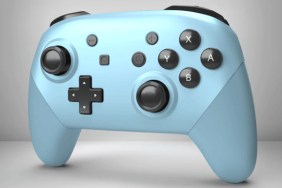Nintendo has announced that it will be ceasing production of games for the Nintendo 3DS. Given the monumental success the Switch has been, it’s not exactly a huge surprise to see the 3DS getting discontinued. After all, the 3DS hardware has aged and long been on its way out. But despite the success of the Nintendo Switch, we should still celebrate the life of the 3DS and DS, and mourn the end of the truly unique gaming experiences that the dual screen format offered.
“DS” was often believed to stand for “Dual Screen,” of course referring to the two screens the system sported. But in reality, DS means “Developer’s System.” The reason behind that naming convention is simple: the Nintendo DS opened developers up to brand new ways of creating games and experiences. It wasn’t just the two screens; it was the microphone and the touch screen too, and all of these features combined could create new gaming experiences that we have come to accept as standards today.
Why discontinuing the 3DS would hurt innovators

There is a myriad of small things the DS introduced that we take for granted now. The DS was such a huge success that the innovations it brought to the industry have now become commonplace, almost as if they were always there. One of those incredibly common features of modern-day gaming isn’t even the touch screen; it’s portrait gaming.
With modern smartphones, gaming with a portrait display is normal, but it was incredibly unusual before the DS and only seen very rarely in custom arcade hardware. As soon as the DS was released, it was common to have the action in games spread over both screens, effectively creating the very first handheld portrait gaming experience far before smartphones took over the world. Fans of shmups and games like Downwell already know to appreciate this.
And of course, the touch screen is another staple of modern gaming now. Not just in smartphones, but of course in the Wii U, Nintendo Switch, PS Vita, even the DualShock 4 all have a touchpad. The Nintendo DS introduced innovations to the gaming market that have since become staples of the medium, so commonplace that we don’t even question them. When Super Mario Run launched, even Miyamoto himself had to remind interviewers that Nintendo did not adapt to touch screen gaming, the industry adapted to Nintendo.
The impact of the Nintendo DS touch screen stretches far beyond gaming. It was essentially the first touch screen device before this were reserved for expensive PDAs, and now we expect touch screens in phones, tablets, laptops, and more. For many people out there, the Nintendo DS was their first experience with touch screens at all.
Standardized gameplay

Many love the Nintendo Switch for its ability to take home console gaming and focus it into a handheld form factor, but by providing gamers and developers with a standardized control scheme, Nintendo has unintentionally pushed developers towards making traditional games. And that’s fine, but this overlooks the DS’ unique form factor that powered a lot of its most memorable titles that you couldn’t get anywhere else.
Making a game for the Nintendo DS requires thinking outside of the box and developing for two screens from the start. It’s the kind of thinking that creates games such as The World Ends With You. Sure, you can port the game to the Nintendo Switch, but this port has been hampered by not being on the dual screen system it was designed for. Tetsuya Nomura’s handheld action RPG was a game built specifically for a completely unique piece of hardware, which is terrible for ports and gaming preservation as a whole, but fantastic for showing fans that traditional inputs and methods of play aren’t everything.
Even more minor uses of the touch screen, such as Etrian Odyssey’s touch screen map, would be completely different on any other system. The ability to seamlessly draw and edit a detailed dungeon map on one screen while exploring said dungeon on the other feels like a superfluous feature, but it’s also a feature that has become intrinsically linked to the series. Future games in the series won’t be on the 3DS anymore, and they will certainly lose some of their undeniable charm.
It’s not to say that more traditional gaming experiences are bad or that the Switch isn’t innovative, but it does feel like gaming’s horizons have narrowed due to the impeding death of the totally unique Nintendo handheld. While the DS or 3DS usually had many one-of-a-kind titles that gave influential new ways to play before smartphones, many gaming experiences from now on will be mostly the same, regardless of what system they are on. Hopefully, the Nintendo Switch’s JoyCon will offer up some unprecedented ways to play, but broadly, we’ll be playing the same games, with a similar controller layout, either at home or on the go. And that feels like a reason to mourn.










